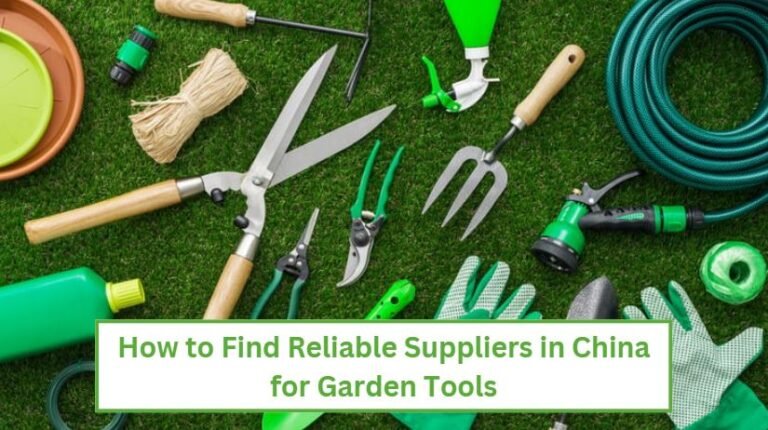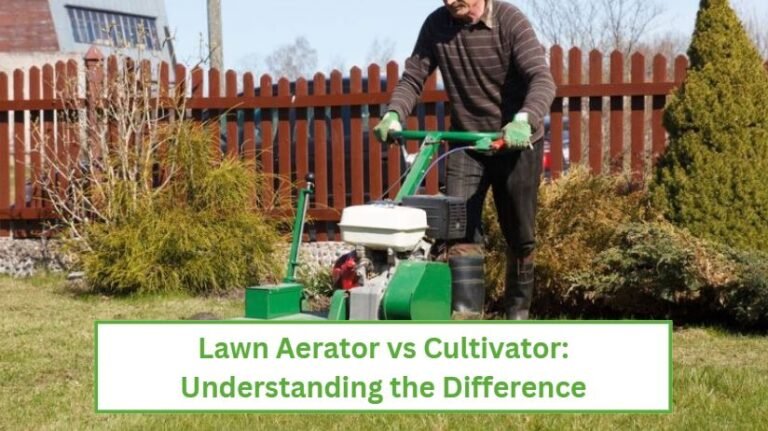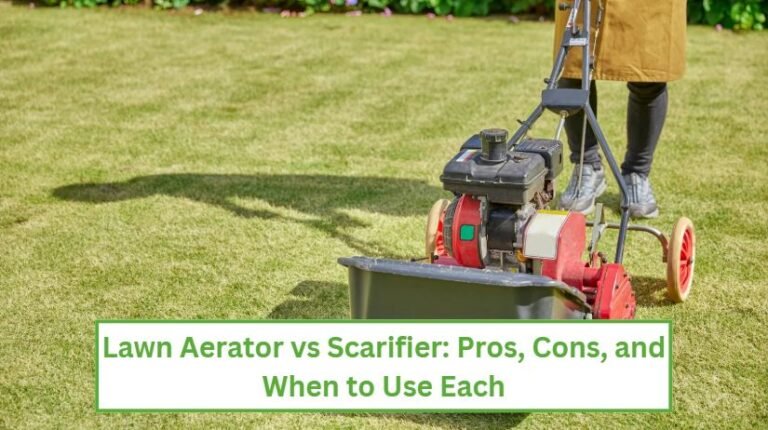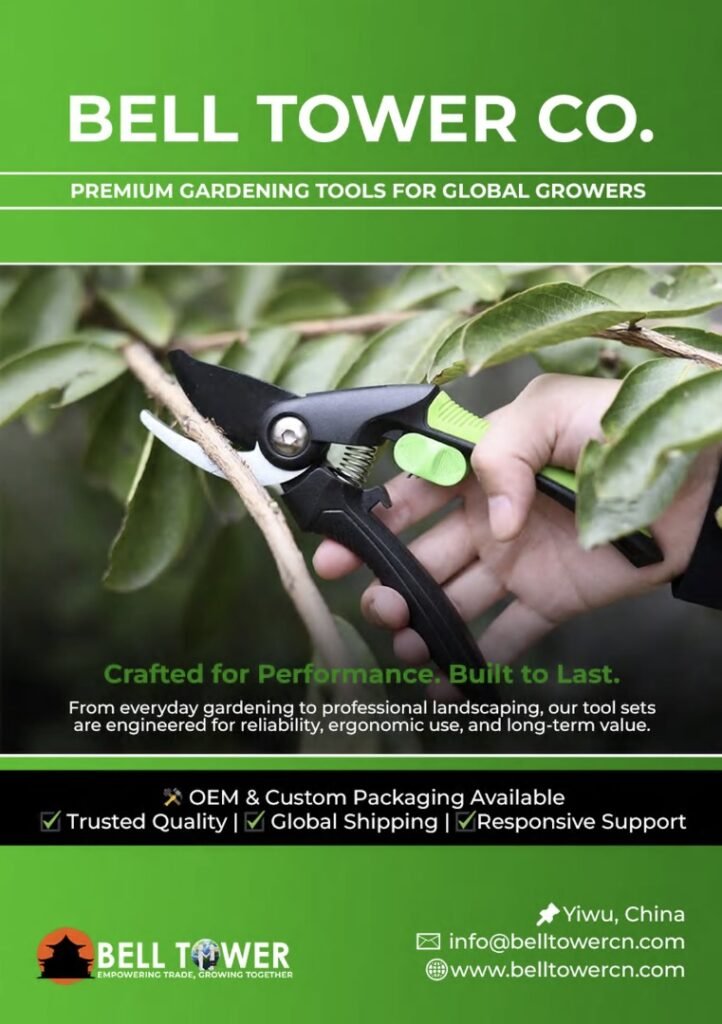No matter how good a gardener you are, your gardening tools define your success. Behind each harvest, there are a few silent threats: Rust, decay, and resistance attacking your tools.
The difference between gardening tools that give up mid-season and the ones that are passed down generations is one simple factor: The oil you use on them.
Oiling isn’t just a chore you have to do because it’s on your to-do list. It’s an investment in your garden’s future. The right type of oil protects your investment and makes sure your tools are always ready for the job you throw at them.
This guide dives deep into:
- The types of oils you can use on your gardening tools
- Why is oiling non-negotiable
- The factors to look for while selecting a tool
- How to apply oil to your tools
- And more
Read on.
Why Oiling Gardening Tools Is Non-negotiable?
Oiling strengthens your tools’ immune system, protecting them from several environment-related dangers. Neglecting it can lead to the following consequences:
Rust & Corrosion: Moisture is the enemy of anything made of metal. Metal forms a layer of rust on top of its surface, which can render it useless over time.
The cutting edges of your gardening tools’ blades become jagged and ineffective. If your environment is humid, you need to take extra care of your tools.
Friction & Wear: Moving parts of your tools, like pruners pivots, ratchet mechanisms, and hinge points on shears, grind against each other. Without effective lubrication, the friction increases, making the job harder and your tool more prone to wear and damage.
Sap & Gunk Buildup: Gardening tools, especially pruners, collect sticky sap and plant residue. It acts like glue, attracting dirt and preventing smooth cutting.
Disease Spread: When you make rough, unclean cuts with rugged blades, plants struggle to heal. Imperfect cuts act as entry points for pathogens. While oil isn’t a disinfectant itself, keeping your tool clean and sharp can prevent the spread of diseases.
Types Of Oils for Gardening Tools
Not all lubricating oils are created equal. Let’s break down your best options.
Food-Grade Mineral Oil
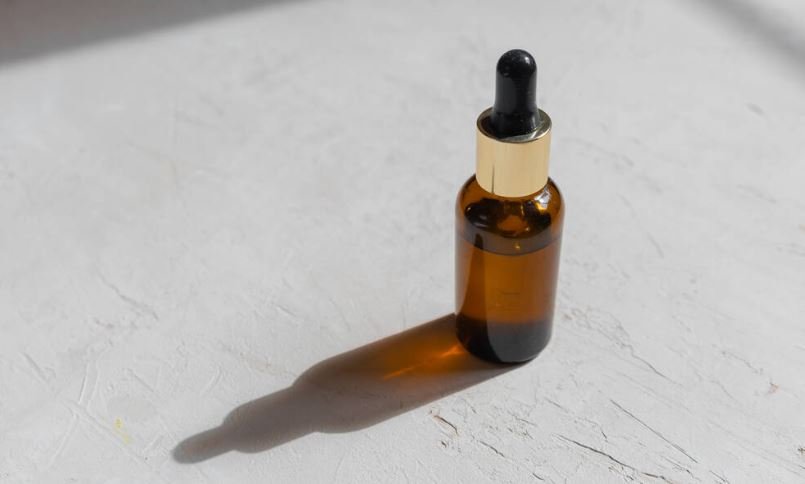
This is a highly refined, colorless, and odorless petroleum oil specifically processed to be safe for food contact.
If you use gardening tools on edibles, mineral oil is a natural choice. Plus, it’s inexpensive and readily available in stores. Moreover, this oil provides basic rust protection and lubrication.
Synthetic Tools Oil
Often petroleum-based, this is an engineered lubricant with additives for enhanced performance. Synthetic tool oils offer excellent lubrication for high-friction points. They’re durable and water-resistant.
However, they’re not food-safe, are often sticky, and aren’t meant for plant/soil contact. They’re suitable for parts that aren’t directly in contact with the plants (Blades). For instance, you can use them on pivot points on large loppers.
WD-40: What It Is and Isn’t
WD-40 isn’t an oil; it’s a water displacer (Which is what WD stands for) and has temporary and limited lubrication properties.
Use it for drying your tools after washing them to prevent rust (It will displace water, which causes rust). Plus, it’s an excellent tool for removing existing rust from joints and dissolving light sap.
But it’s not a replacement for oiling. WD-40 is highly volatile, and if overused, can leave a sticky residue that attracts dust. So, when you use it for cleaning and drying, always follow up with oiling.
Vegetable/Plant Oils (Olive, Canola, etc.)
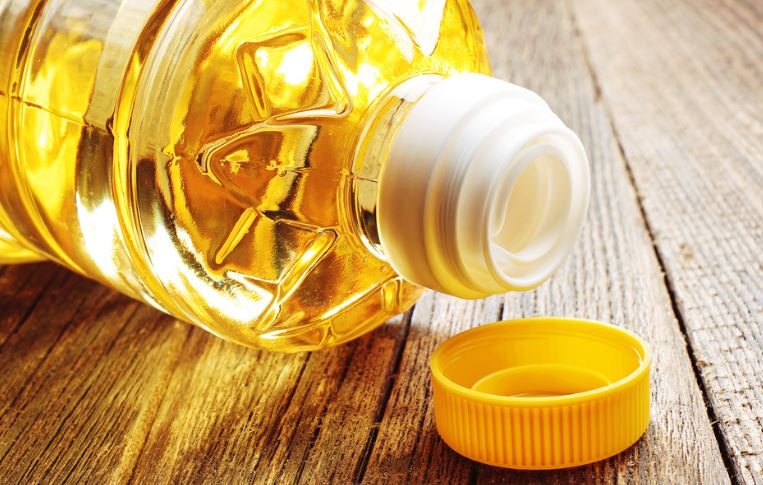
Avoid using these oils as they become smelly and sticky over time and attract dust and pests. You don’t get long-term rust protection with vegetable/plant oils. They may seem like an easy option, but they can cause more problems than they solve.
Factors to Look For
Don’t just pick any oil. Consider your tools and conditions before deciding.
Tool Type and Contact Point
If your blades touch food or soil, use a food-safe oil. Use mineral oil on pruners, loppers, wooden handles, and axes. For complex tools like ratchet pruners, use a synthetic oil.
Food Safety Concerns
Always use food-grade mineral oil for tools that come in contact with your plants and soil. Avoid synthetic oils and WD-40 on these surfaces.
Climate/Humidity
Your garden’s humidity level can also impact your tool choice. A higher humidity requires more oiling. Mineral oil is often better for these conditions than sticky synthetic oil.
Frequency Of Use
Tools used daily or weekly require more frequent oiling than tools used seasonally. Always oil before storing a tool no matter how many times you’ve used it.
Read Our Comprehensive E-Book on the Essential Tools Every Gardener Needs
Frequently Asked Questions
Let’s address some frequently asked questions related to gardening oils.
What Kind of Oil to Put on Garden Tools?
Mineral, synthetic, specialized tool oil, and vegetable oil work well on gardening tools. However, they offer rust protection and lubrication to varying degrees, so consider your needs before selecting an oil.
Can You Use Cooking Oil on Garden Tools?
We won’t recommend using cooking oil because it goes rancid quickly, starts smelling, and is sticky (Attracts dirt and dust). Use mineral oil instead.
What Do You Oil Pruners With?
Food-grade mineral oil is a very good, safe, and affordable option for all types of pruning shears. After cleaning, apply a small drop of oil to the pivot, work it in, and wipe off excess. Coat the blade lightly.
Can I Use Olive Oil on Garden Tools?
No, like other cooking oils, olive oil also goes rancid and attracts dirt and dust and doesn’t offer lasting protection. It’s also more expensive than mineral oil.
Conclusion
Choosing and using the right kind of oil on your gardening tools isn’t just good maintenance. It protects (Or destroys) your tool’s ability to work effectively and long-term.
The goal of this guide was to help you understand the different types of gardening tool oils and when you should use each.
If you’re still unsure, go with food-grade mineral oil as it’s safe, effective, and affordable. Just make sure you’re applying it to all important parts of your tool, including pivots, blades, and wooden handles.
Read More: Spring Gardening Checklist (Everything You Need to Start a Healthy Garden)

